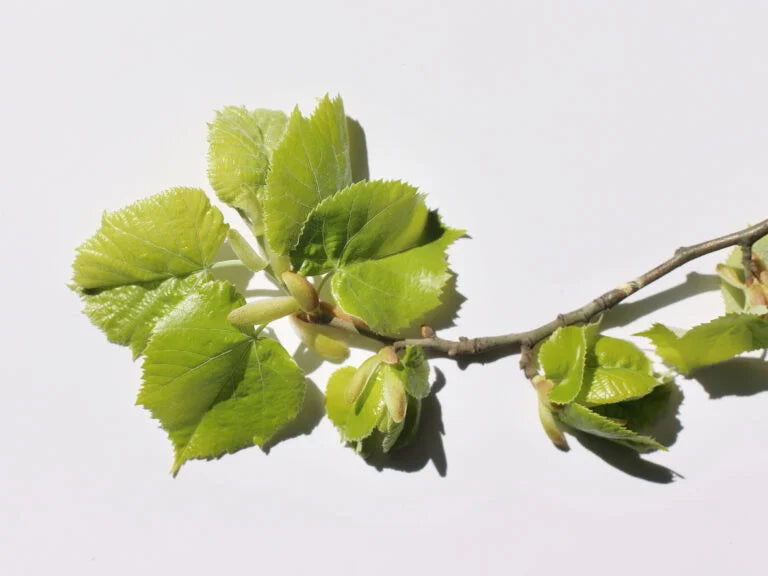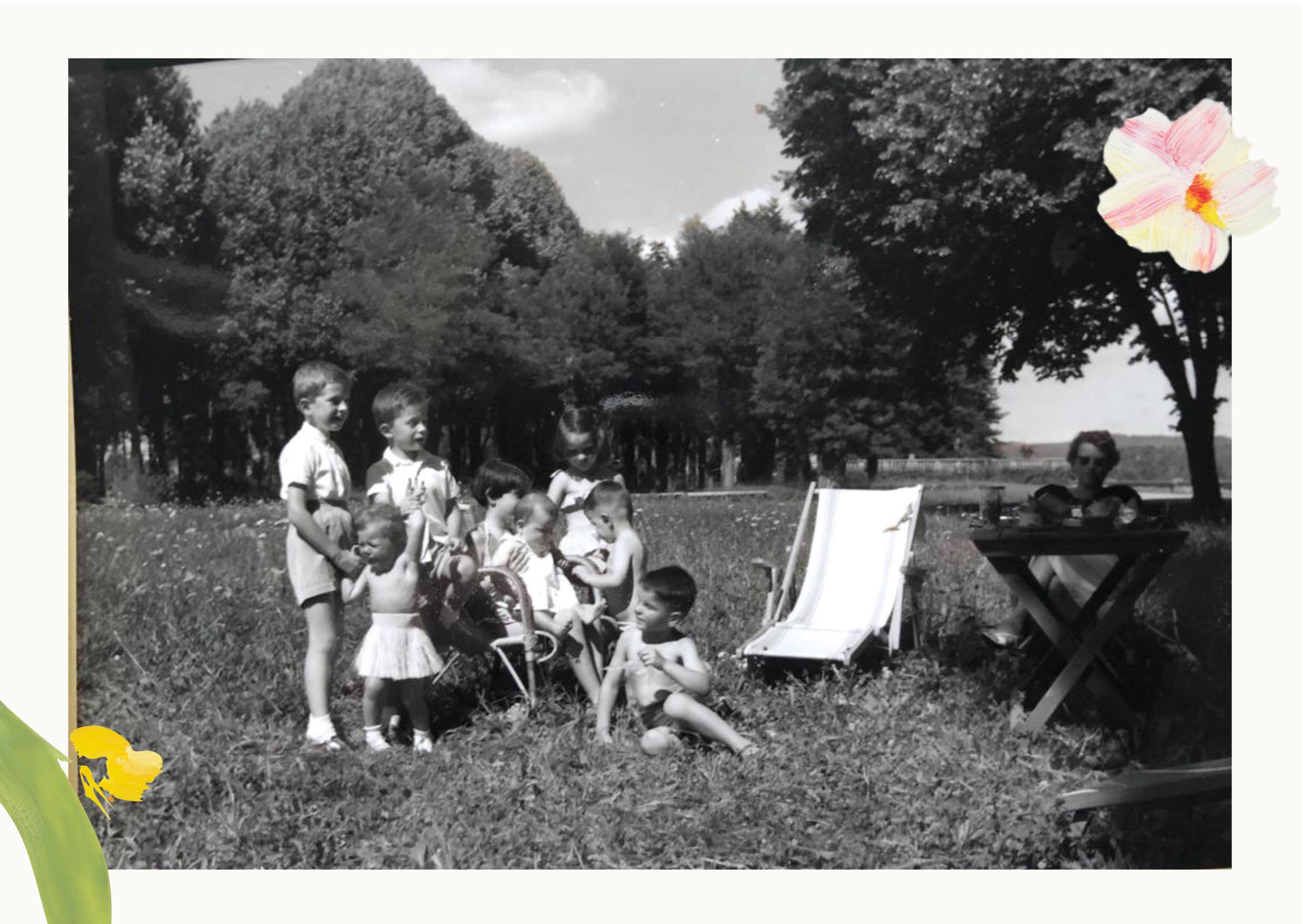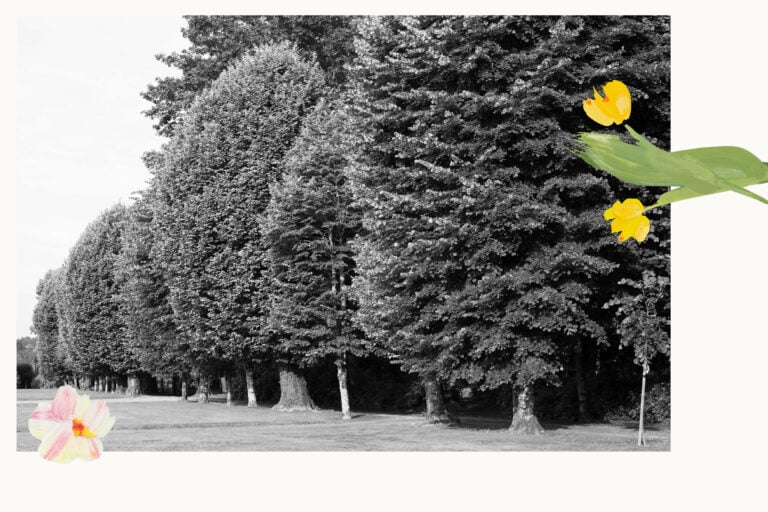
Edible trees
What would we be without our trees?
They capture carbon from the air and release it as oxygen through photosynthesis, thereby regulating climate. They purify and cleanse the air by filtering pollutants. They cool the atmosphere by evaporating water through transpiration and serve as a true source of life, providing habitat for numerous animals and plants. They protect the soil by forming organic matter that regulates water, act as windbreaks, and limit noise pollution.
But that’s not all! They also provide physiological and emotional therapeutic benefits, explains Laurence Monce, a sylvotherapist: “They naturally produce numerous terpenes, similar to essential oils, which contribute to our well-being. They provide us with pure oxygen, allowing us to breathe fully and infuse it into our bodies, strengthening our immune system. Feel-good hormones, such as dopamine and serotonin, are produced in large quantities, reducing cortisol and adrenaline levels. Spending time in the forest allows the body to recharge and release excesses, rebalance dysfunctions, and fill voids. Blood pressure returns to normal, blood sugar levels decrease, and feelings of oppression disappear…”
But that’s not all!! Did you know that several trees, in addition to all these benefits, are also edible and nourish humans?
Our small selection of edible trees includes:
- The linden tree is the tree that invented generosity because everything about it is virtuous. As the champion of all edible trees, it is always mentioned first because it can be eaten in its entirety! Not only is it a medicinal plant listed in the pharmacopoeia for its calming, relaxing, antispasmodic, detoxifying, and draining properties, but it also provides an abundance of salads and herbal teas. The young, tender leaves with a very mild taste can be eaten in salads. They can also be stuffed with cheese or other ingredients. They are soft and low in fibers, rich in mucilage, which transforms into a gel when in contact with water and has soothing properties. Linden leaves can be used to make soup, thicken sauces, or create a delicious pesto. Dried and ground, they can be turned into flour (highly appreciated during periods of scarcity and in times of war due to its rich nutritional elements, minerals, and proteins: 25%). It takes 1kg of fresh leaves to obtain 300g of flour. The flowers can also be eaten in salads and, of course, fresh (the ultimate luxury) or dried. They are widely used in delicious linden flower infusions, known since ancient times for promoting sleep and calming anxiety. The delicate and honey-like aroma of the flowers can infuse many recipes, such as linden flower jelly, an exquisite delicacy, as well as creams and fruit salads. The fruits, small balls, can also serve as a chocolate substitute! The inside, rich in lipids, has a slight almond flavor. The young, green and soft seeds can be preserved in vinegar like capers. The more mature seeds (August-September) need to be peeled before being eaten raw. The sapwood, the part of the wood between the bark and the tree’s core where the sap circulates, has a draining and detoxifying effect, assisting the liver and kidneys in eliminating waste and toxins. It should be harvested after pruning to avoid damaging the tree. There are several species of linden, and all of them are edible

- Oak trees : the acorns, very rich in carbohydrates, and the very young leaves (one or 2 weeks old) can be eaten. Acorns, of great nutritional value, contain B vitamins, lipids, carbohydrates and proteins. Twice as high in calories as chestnuts, they must be boiled in several waters to remove the tannins.

- Chestnut trees, walnuts and hazelnut trees of course.
- Ash, whose leaves are effective against joint pain because it has anti-inflammatory and analgesic properties.
- Beech : the very young leaves can be eaten as well as the fruits, eaten raw after being peeled, or cooked like chestnuts.
- Birch : young leaves, during the 1st week and birch sap, as a treatment in spring for its detoxifying and draining effects.
- And then the hawthorn for its flowers, the rosehip for its leaves and its vitamin-rich fruits, the softening and anti-inflammatory elderflowers .
- And what about the wonderful acacia and its flowers to be enjoyed in a fritter, tempura style?
In these troubled times when we are often anxious and stressed, what better message of hope than to realize that the tree is man's best friend ?
Return to simplicity and eternal values , those of a time when man was a gatherer ... This is what we wanted to rediscover by celebrating the linden tree, the tree of abundance, as prodigal for the spirit as for the body ... Earthly and spiritual nourishment at the same time , who could say better?
“Trees are poems that the earth writes in the sky.” Khalil Gibran


